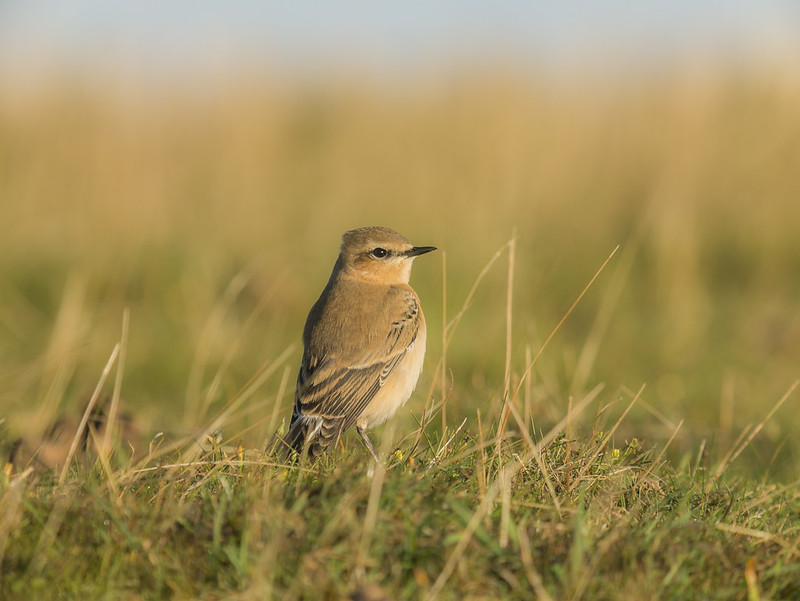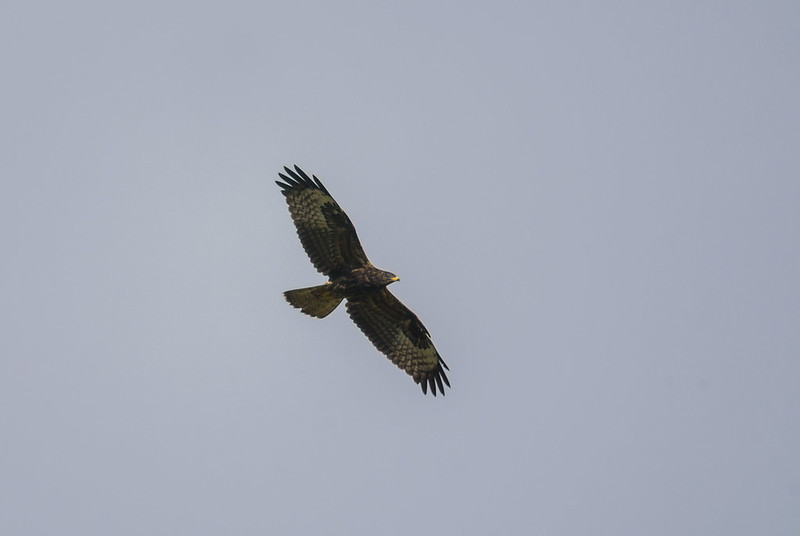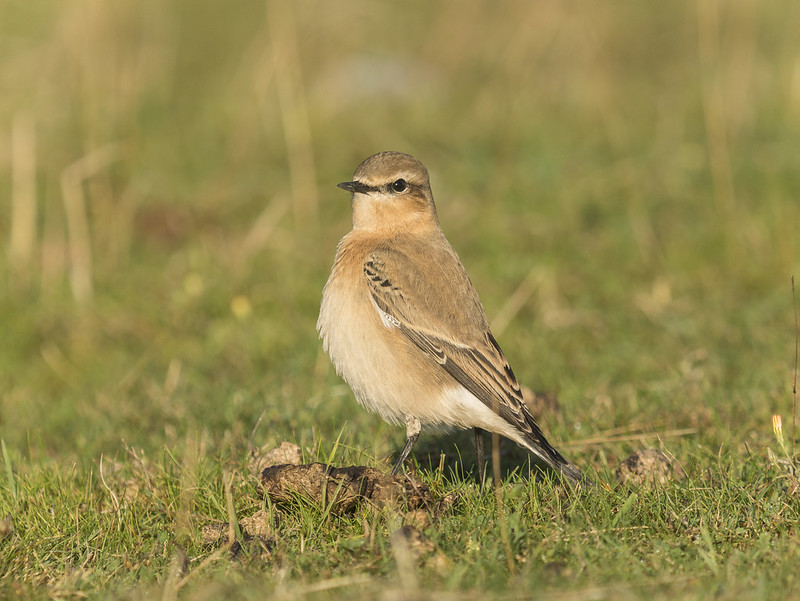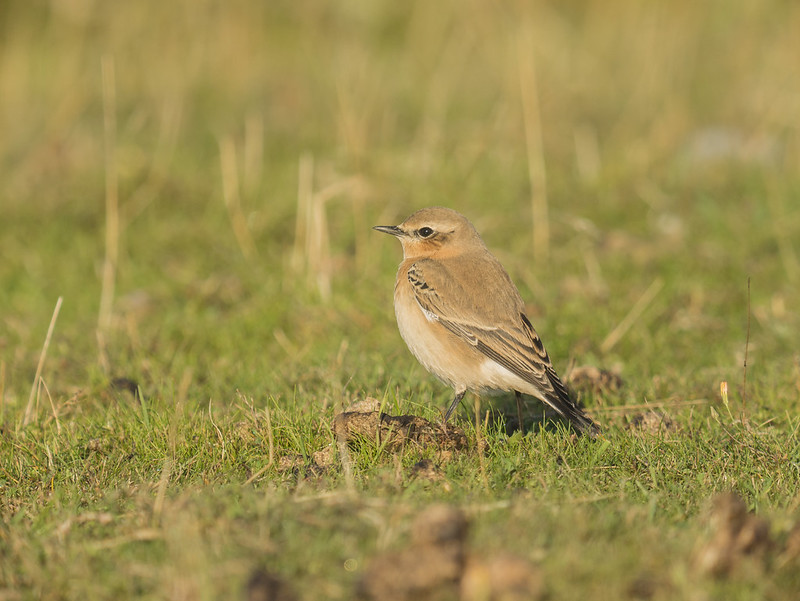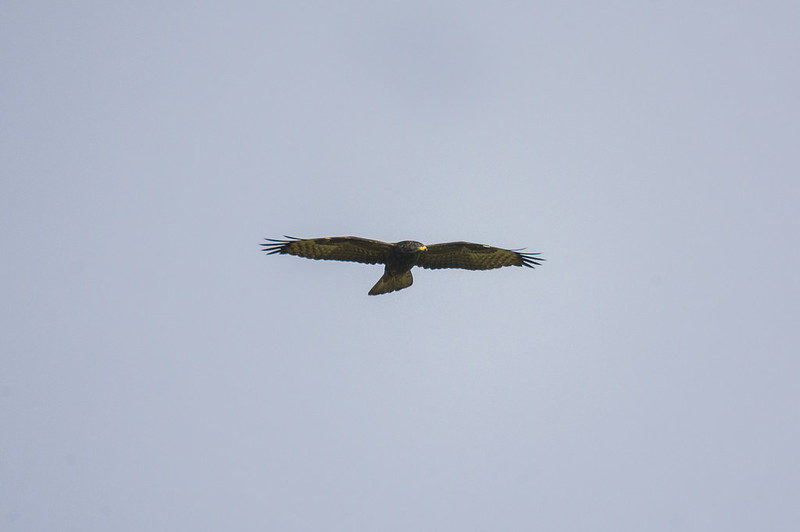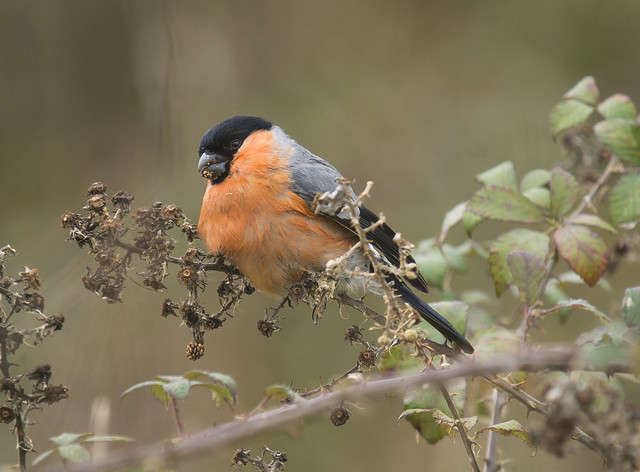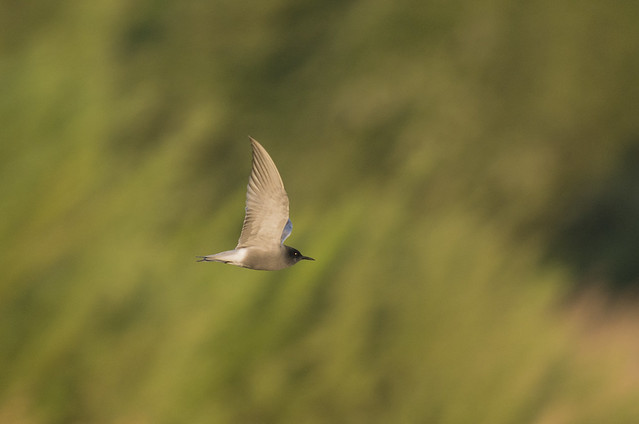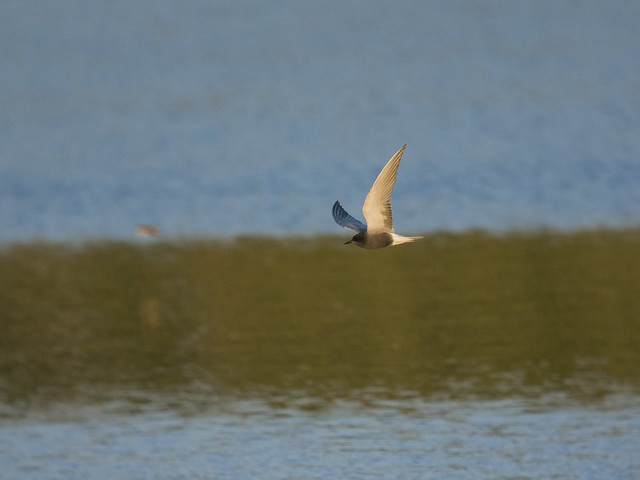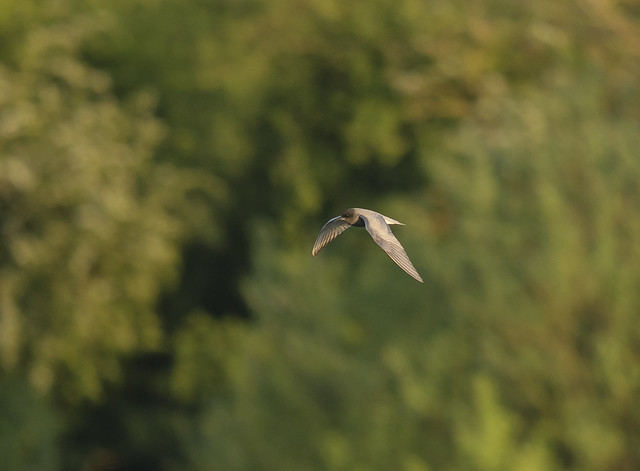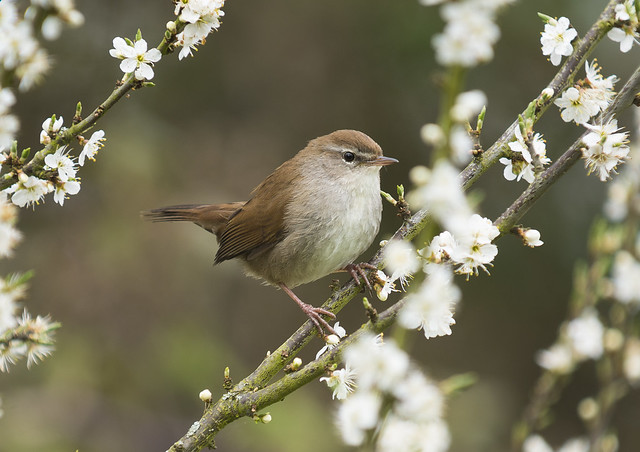With the release of the new iRecord app I feel fully equipped for recording anything I see out in the field this summer. The app is something I've been waiting for for a long time - ever since decent smart phones have been available really. I now feel I have everything in my pocket to record what wildlife I see and hear - my iPhone does it all. I can record what I see via these apps: BirdTrack, iRecord, Rode Rec, Camera+, as well as the native iPhone camera app for video. However not all of them are perfect, in fact I would say none of them are, but they are a bloomin' good start.
The recent BirdTrack app has taken away a few features which made it really useful - the ability to create a pin-point record for an individual bird, and finding out an OS grid reference for instance. I especially miss the ability to record where an individual bird was - this made the app really usable for plotting breeding records and I used it extensively for surveying my local Corn Buntings a couple of year ago where I recorded the territories of around 130 individuals. I really hope this feature comes back in future releases. However, that aside, I really welcomed the most recent upgrade to the app, especially when it was released while I was on holiday in Florida. The ability to now use it worldwide meant all my data was now going in to the same place. Before I was using the eBird app for recording my holiday sightings, simply because they had an app available for me to do it. Now the BirdTrack app can accept foreign data too it makes my bird recording so much easier while I'm out birding away from GB and not really knowing exactly where I am!
The new iRecord app has already improved my wildlife recording for the better. Before I would note only the occasional thing other than birds, and then only if I remember when I get home and try and submit a record to the appropriate recorder. Most times I would simply forget unless it was something super-special. Actually the only other taxa I was any good at keeping track of was my moth records, and these were in a spreadsheet. However, this has changed with the iRecord app now on my iPhone. I have been testing it for recording extra stuff while I was out birding. Generally it has been very useful and I found myself actively looking for stuff to record - whether it was butterflies, orchids, mammals etc - mainly obvious stuff that I knew I could identify. I have also started to photograph stuff on my iPhone and identify it later then add the records to the iRecord app - again, I found this much easier to do than having to boot up my computer, log in, find the photo etc etc - having the app on my phone and enter a record with a photo attached literally takes ten seconds.
The app isn't without its issues currently though - I've found a couple of annoying bugs which I've reported to the developers. One is the mildly nasty habit of simply deleting any unsubmitted records on the app and logging me out periodically. This is, understandably, very frustrating. The other bug is around locking the date field - whenever I try it is defaults the date to 01/01/1970! Again, pretty annoying. However I have just been testing a pre-release version of the iRecord all and so far all the previous bugs I'd found have gone, and some extra nice touches have been added too - more map layers, the ability to add an 'identifier' if you needed help with something tricky, and better support for your saved locations and quicker access to regularly reported species names - all in all a brilliant updated I would say.
Overall the app is excellent and easy to use. It took me a little while to work out how the location works - you can select the map, use the GPS on your phone or select a previous site - and you must add a site name - but all very sensible stuff. I especially liked the ability to lock fields between records too.
I have one or two suggestions for improvements, which I know others have already made to the development team: More available record attributes please! Currently you can't even record the sex of anything you record. Another useful addition would be bespoke attributes by 'survey' - you can create bespoke 'survey's us on the iRecord website and contribute your records to them by 'opting in' to them. A great addition would be the ability to have bespoke fields for these surveys which filtered down to those using the app in the field.
I guess the above suggestions would be excellent for the iRecord all but they would be really good for the BirdTrack app too. Just think about that, a bird recording app that you can add ALL your survey data in to - do your WeBS count on, add pin-point accurate breeding records to, all your casual records and lists, as well as the ability to contribute to more local surveys with bespoke fields. Stuff of dreams? Perhaps for the moment, but it is coming.
At work we have been looking in to another app which the Dutch organisation SOVON have been developing. They have created a mobile phone app which you enter all your breeding bird survey data in to - so raw sightings such as where each bird was singing - and it will upload it to the central database in the cloud. The app is easy to use, can be used off-line, and is quick to add sightings to - they have a host of buttons (importantly not drop-down menus) so you can quickly tap which species you've seen, what it was doing, and exactly where it was on a map - simple stuff, but potentially hugely beneficial for large amounts of bird survey data which often just sit on paper maps back in a dust office somewhere. However the really useful bit, I think, is the next step - once it has been uploaded to the cloud you can click a button and it will automatically calculate the number of individual territories of each species you have - good, eh! This has the potential to save thousands of hours surveyor put in to pouring over their territory maps and trying to estimate the numbers of each species they have - and has the added benefit of already digitising the original bird registrations so if anything changes in the way territories are calculated, you can just click the button again and re-run it.
So, what are the major pitfalls of this app and online revolution? There are two main ones I can see; the first is the shear amount of data going to be generated and how this will be validated by experts. This issues is already number one on many county recorders lists and is probably the very reason that initiatives like BirdTrack have struggled to get buy-in from the county recorder network. Many county recorders are not terribly computer savvy and I think either don't want to engage with a system they don't understand or just can't. I believe this issue over time will get sorted out as older county recorders move on and get replaced by ones with more technical skills, but it will take a while to do. The tools are there to make things easier for county recorders to validate records, but perhaps still need to be refined in some areas - this takes time, money, and a willing set of validators to make suggestions for improvements.
The second is the number of systems creating data and not talking to each other. As the internet has increased in usage so has the number of places to enter your wildlife records. Almost every wildlife recording scheme, local club, society or group has devised a way of people sending them records. This is anything from an Excel spreadsheet, a google form, or a bespoke database written to their exacting needs. It's brilliant, but at the same time making things a lot harder for national data flows to work. Local groups and schemes need to embrace emerging technologies and initiatives that bring these things together - the iRecord model is a good one but needs more buy-in from smaller schemes, groups and individuals to make this colossal task of curating biological data in the UK a smoother, more joined-up process.
I think I'll stop there for now. [steps down off soapbox]

